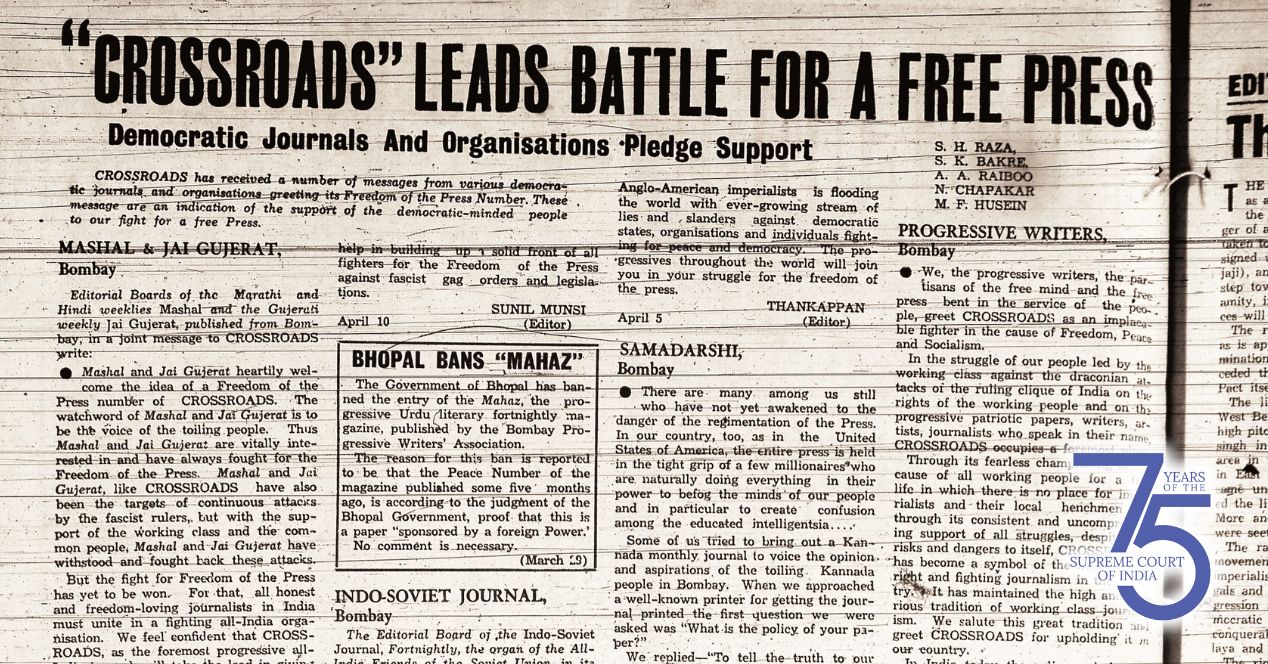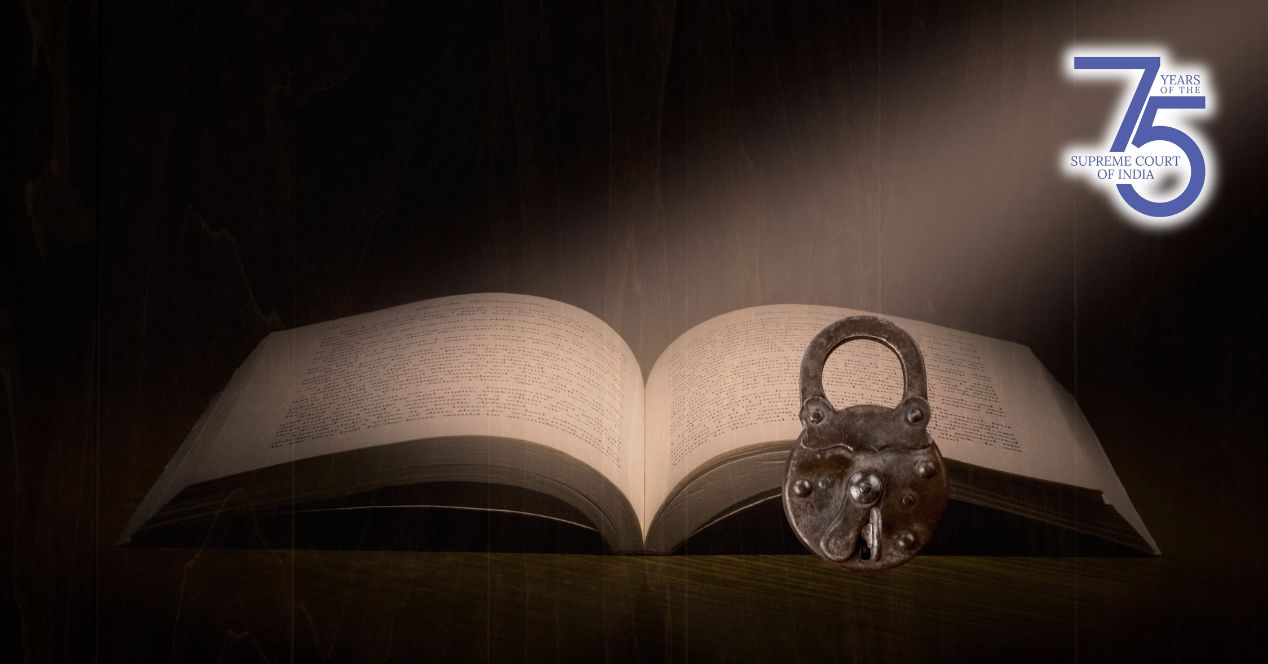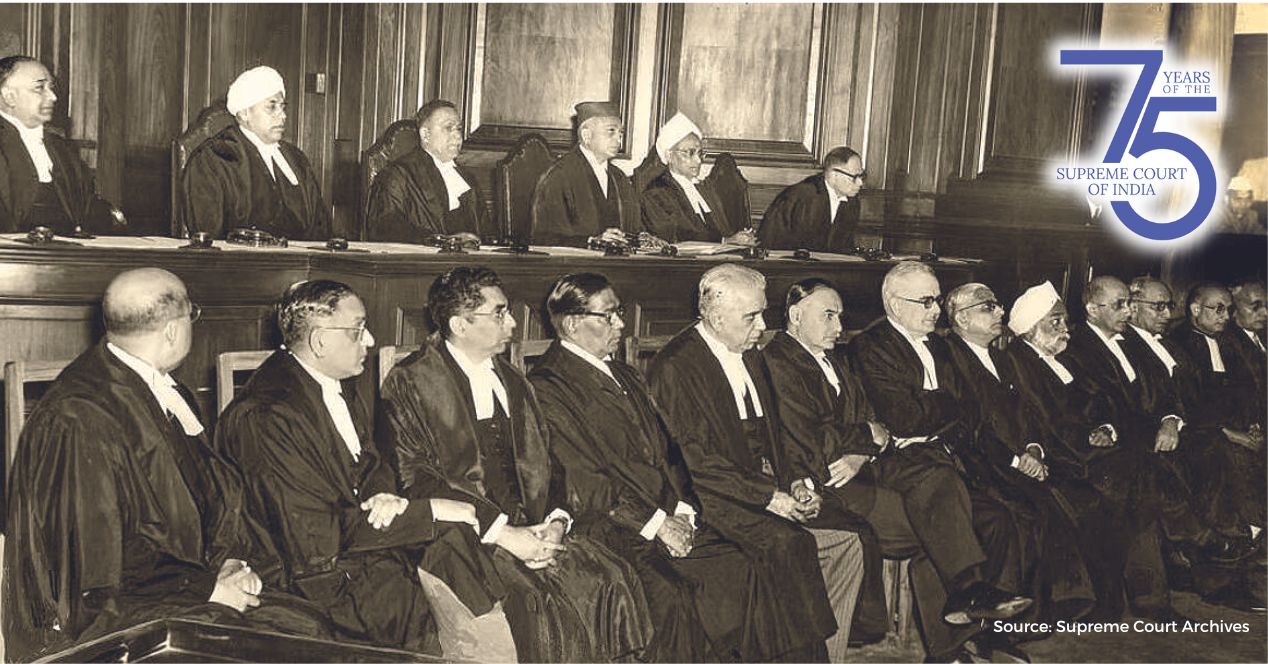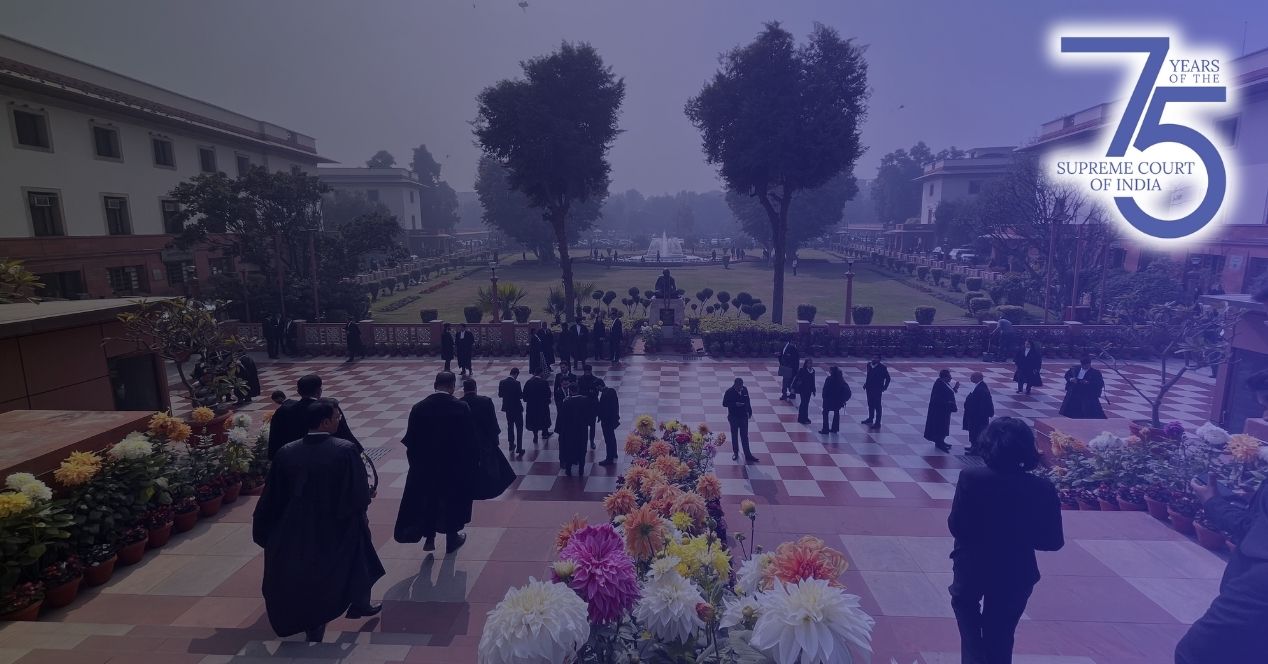Analysis
On civil liberties and the Supreme Court, there is little to celebrate since the Emergency
Fifty years since the Emergency, a reflection on personal liberty from the lens of the UNHRC’s periodic review of ICCPR implementation
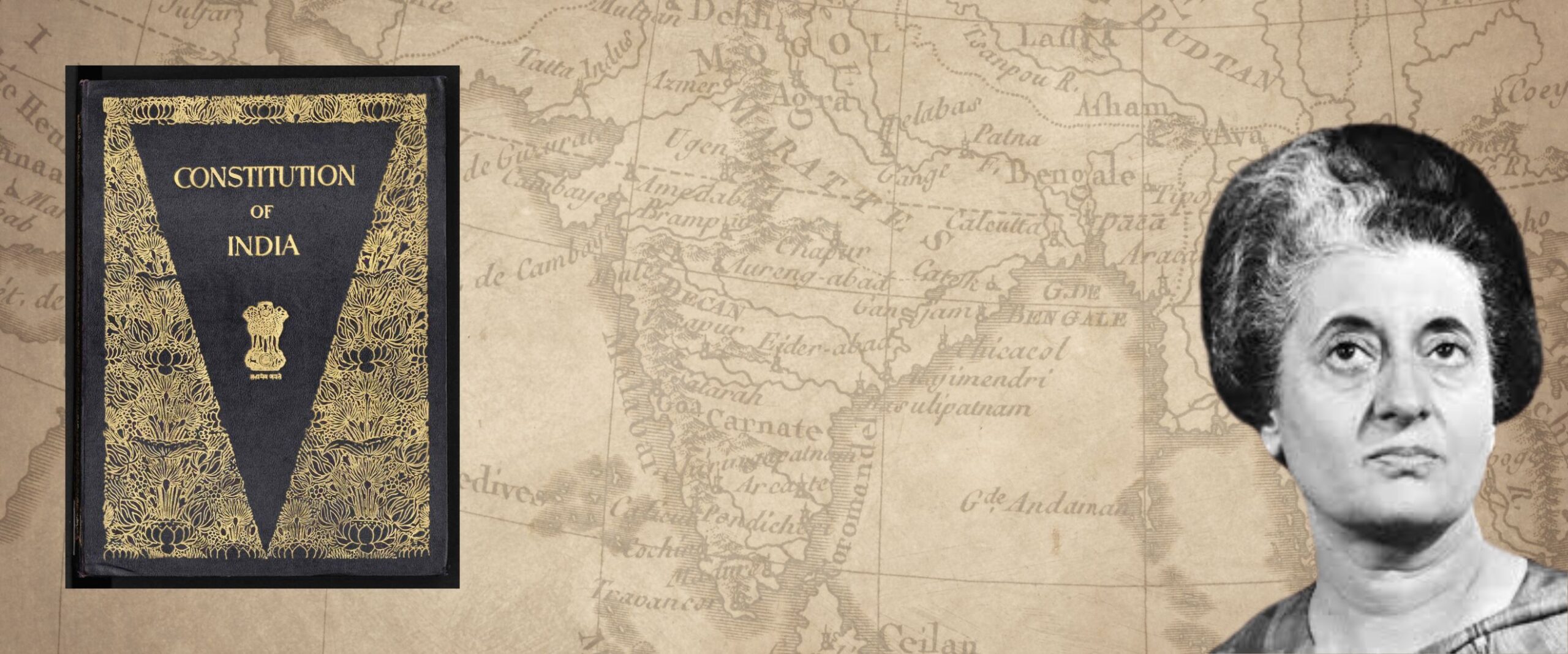
The Supreme Court delivered its Judgement in ADM Jabalpur v Shivkant Shukla on 28 April 1976. The Court emphatically endorsed the government’s argument that the right to move court for the violation of fundamental rights, including the right to life, could be suspended during an Emergency.
I remember that it was a muggy Wednesday. I remember because, at the time, I was in prison in Tihar Jail’s Ward 13. It took a few days for the details about the majority’s decision—and Justice H.R. Khanna’s courageous dissent—to reach us in the ward. We were fortunate to have H.V. Kamath, the veteran parliamentarian and member of the Constituent Assembly, to explain the import of the decision to us fellow inmates.
The death of democratic temperament
Where do we stand now, 50 years on from that fateful Judgement that caused even Opposition leaders to supplicate to the political executive? Well, not in a too different place. The surveillance state is more of a reality in 2025 than it was in 1976—take this from someone who has lived through both. Yes, perhaps cold comfort can be drawn from judgements like Puttaswamy, which make for excellent reading on the architecture of our rights but have come to mean little in practice. I’d go so far as to make the argument that High Courts and district courts have fared better in protecting civil liberties, due to them having more touch points with procedural law.
For those who care to see, it’s clear that personal liberty and democratic freedoms do not need one fell swoop to be destroyed. The majority’s opinion in ADM Jabalpur, I submit, was more symptom than cause. By its very nature, the executive is on a constant quest to accrue greater power. While doing so, it sometimes plays wolf in sheep’s clothing and is facilitated by a citizenry that believes that a periodic trek to the election booth is adequate to safeguard freedoms. It is a truism that the democratic temperament dies first within us, then in society around us and then in the country.
The Emergency’s long-term fallout
Much of the executive overreach and judicial acquiescence we are familiar with today has its roots in the Emergency. It would require more than a few pages to do a laundry list of the long-term fallout of the Emergency. An item that would be near the top of the list is the frequent transfer and refusal of Supreme Court elevation of High Court judges who are not on the same page as the powers to be.
There has also been an abject failure to adequately represent judges from the Dalit, tribal and other minority communities at all levels of the judiciary. As Thurgood Marshall, the first African-American judge in SCOTUS, is known to have remarked: “Equal means getting the same thing at the same time and in the same place.”
Despite the excesses of the Emergency and all the ink spilled on the need to protect personal liberty, preventive detention continues to be resorted to rampantly by both central and state governments. The Supreme Court’s overall approach is well-reflected in the decision in AK Roy v Union of India (1981).
There, a prisoner under the National Security Act, 1980, had challenged the non-implementation of the 44th Constitutional Amendment where the Morarji Desai government, in its wisdom fresh from the Emergency, had introduced several limitations on preventive detention. One of these amended Article 22 of the Constitution to reduce the maximum period of preventive detention before obtaining the opinion of an Advisory Board from three to two months. Another change did away with the Parliament’s power to create a class of situations where a person may be detained without the approval of the Advisory Board.
These provisions were not notified despite the Amendment being passed by both Houses of Parliament and signed off by the President. The Supreme Court noted that the delay was unexplained and unreasonable, especially since 43 of the 44 sections of the amendment had been brought into force. Yet, it ultimately upheld the National Security Act,1980, while observing that the amendment’s enactment was a matter for the legislature and not the judiciary.
Since then, there have been numerous instances of the National Security Act being deployed by governments to detain individuals without cause and without following even the minimal protections offered by Article 22 of the Constitution. The circumvention of release orders; the reissuing of detention orders on release; targeting of political opponents through detentions—all this has continued under the watch of the Supreme Court.
Failure on a human rights audit
In July last year, the UN Human Rights Committee (UNHRC) adopted concluding observations after consideration of India’s fourth periodic report on the implementation of the International Covenant on Civil and Political Rights (ICCPR).
The Committee regretted that while India’s Supreme Court had given effect to ICCPR in “its sentences”, the ICCPR “does not prevail” in cases of disparity with domestic law. For instance, the provisions of Article 9 of the ICCPR (on the right to liberty and security, which makes no mention of preventive detention) were only applied in cases where there was consistency with Article 22 of the Constitution.
The UNHRC also remained concerned about the decades-long application of counter-terrorism legislation in “so called disturbed areas”, including districts of Manipur, Assam, Jammu and Kashmir. It noted that while such special laws could be enacted as emergency measures under the ICCPR regime, India had not officially declared a public emergency as provided in Article 4 of the ICCPR. The human rights violations reported from these areas included: “excessive use of force leading to unlawful killings, arbitrary detention without formal charges for years, habeas corpus petitions that are not dealt with expeditiously, sexual violence, forced displacement, torture and ill-treatment.”
On extra-judicial killings, the Committee pointed out an alarming figure from Manipur: out of 1,528 documented instances from 1979 to 2012, only 39 FIRs were registered, some of which have not been scheduled for trial. One of the main reasons for this was the refusal of the government to sanction prosecutions.
The Committee also remarked on the absence of an offence of torture in India’s new criminal code. The UNHRC regretted that India had not ratified the Convention Against Torture and Other Cruel, Inhuman or Degrading Treatment or Punishment despite an indication to commit at the previous dialogue in 1997.
The UNHRC also had concerning observations on undertrials. The review noted that, in 2022, more than 75 percent of the prison population was undertrial, with a disproportionate number of Muslims, Dalits and Adivasis and people living in poverty. In this context, it also remarked on the menace of arbitrary arrests and the difficulty of obtaining bail in India. It specifically called out the reversal of the presumption of innocence in bail applications under the Unlawful Activities (Prevention) Act, 1967.
Conclusion
The 17-page UNHRC review captures a snapshot of India’s civil liberties and human rights reality, 50 years after an Emergency clamped down on them in a manner that people still remember. Its reference to the Supreme Court stepping in to uphold the ICCPR only when it is convenient under Indian law sums up the state of affairs. We would also do well to remember its note that decisions of the Supreme Court relevant to the implementation of the ICCPR haven’t been effectively or fully executed.
Reading the bleak picture painted by the report, one is left with the question: Is there a distinction between an Emergency regime that subverts the Constitution and others that do likewise in ostensibly ‘good times’? Can the latter still be considered a democracy?
Ravi Nair is Executive Director of the South Asia Human Rights Documentation Centre.

